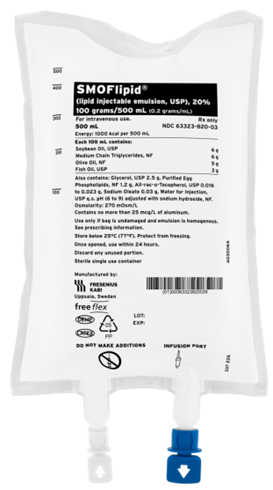A nurse is caring for a client who has had a myocardial infarction. Upon his first visit to cardiac rehabilitation, he tells the nurse that he doesn't understand why he needs to be there because there is nothing more to do, as the damage is done. Which of the following is the correct nursing response?
"It's not unusual to feel that way at first, but once you learn the routine, you'll enjoy it."
"Exercise is good for you and good for your heart."
"Cardiac rehabilitation cannot undo the damage to your heart but it can help you get back to your previous level of activity safely."
"Your doctor is the expert here, and I'm sure he would only recommend what is best for you."
The Correct Answer is C
Choice A reason:
This statement is incorrect because it trivializes the patient's concerns and implies that enjoyment is the primary goal, which is not the case. The main purpose of cardiac rehabilitation is to improve health outcomes, not just to make the routine enjoyable.
Choice B reason:
While exercise is beneficial for heart health, this statement is too general and does not address the specific benefits of cardiac rehabilitation for someone who has had a myocardial infarction.
The correct answer is C:
"Cardiac rehabilitation cannot undo the damage to your heart but it can help you get back to your previous level of activity safely." Cardiac rehabilitation is crucial for patients who have experienced a myocardial infarction. It provides a structured program that includes exercise, education, and support to help patients improve their cardiovascular health and prevent future cardiac events.
Choice D reason:
Deferring to the doctor's expertise does not educate the patient about the benefits of cardiac rehabilitation. It's important for patients to understand why they are participating in the program.
Nursing Test Bank
Naxlex Comprehensive Predictor Exams
Related Questions
Correct Answer is ["125"]
Explanation
To calculate the infusion rate, the nurse should use the following formula:
Infusion rate (mL/hr) = Volume (mL) / Time (hr)
Plugging in the given values, the nurse should get:
Infusion rate (mL/hr) = 250 mL / 2 hr
Infusion rate (mL/hr) = 125 mL/hr
The nurse should round the answer to the nearest whole number and use a leading zero if it applies. Therefore, the nurse should set the IV pump to deliver 125 mL/hr.
Correct Answer is ["75"]
Explanation
To calculate the infusion rate, divide the volume of fluid by the time in hours. In this case, 1800 mL / 24 hr = 75 mL/hr.
Round the answer to the nearest whole number and use a leading zero if it applies.
Do not use a trailing zero because it could be misread as a decimal point. Therefore, the nurse should set the IV pump to deliver 75 mL/hr.

Whether you are a student looking to ace your exams or a practicing nurse seeking to enhance your expertise , our nursing education contents will empower you with the confidence and competence to make a difference in the lives of patients and become a respected leader in the healthcare field.
Visit Naxlex, invest in your future and unlock endless possibilities with our unparalleled nursing education contents today
Report Wrong Answer on the Current Question
Do you disagree with the answer? If yes, what is your expected answer? Explain.
Kindly be descriptive with the issue you are facing.
